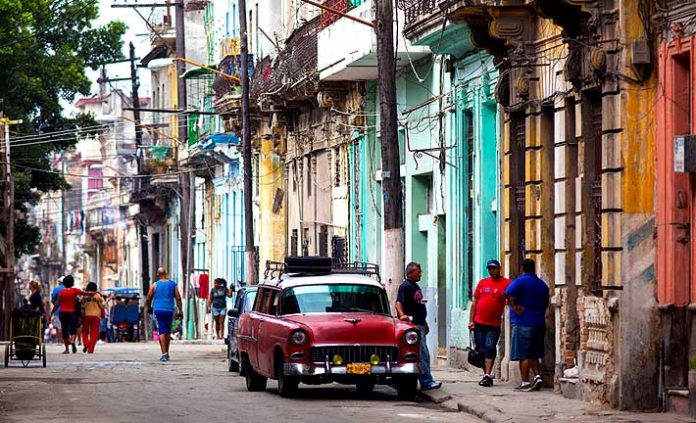Contents
Old Havana and its History
Old Havana is the municipality that represents the oldest part in the Havana County in Cuba. Founded by the Spaniards as the village of San Cristobal from Havana on the 16th November of 1519, it is one of the oldest cities erected by the Europeans in the western hemisphere. In the XVII Century the city became one of the main trade centers and dedicated to the construction of ships in the Caribbean. Its old center maintains its big strengths, an interesting mixture of Baroque and Neoclassical monuments, narrow streets, old houses with arcades, balconies, wrought iron hall doors and interior patios of great historical interest that constitute beautiful architecture examples. All this converts it into one of the richest colonial sets in Latin America. Its history embraces three fundamental periods that are reflected in the urban landscape: Spanish colonial period (1519 up to 1898), North American neo colonial period (1898 up to 1959) the revolutionary period of 1960 so far. The colonial one endowed Havana with the great quantity of constructions that today distinguishes it and for what the Organization of United Nations for the Education, the Science and the Culture (UNESCO by the Spanish Acronyms) declared Old Havana as Cultural Patrimony of the Humanity in 1982. During the decade of 1960 of the XX century the rescue of the historical atmosphere impelled by the Revolutionary Government begins. From then it is carried out an investigation work and restoration in which the Office of the Historian of the City has had a considerable weight in the address work and planning. It arose as municipality in 1976 with the new division politician office worker. It has become one of the most tourist areas in Havana and it has a varied cultural and gastronomic offer that proposes restaurants of all type, bars, taverns and famous night clubs. It also has a net of bookstores, museums and stores.
General Data on the Old Havana
Old Havana offers one of the more complete collections of urban constructions of all America continent. In there we can find all type of old monuments, fortresses, churches, palaces, etc., which can be considered as authentic architectural jewels of diverse times. In the Historical Center of the City it can be appreciated more than nine hundred constructions of historical importance, with diverse examples of a distinguished architecture that goes from the intricate Baroque until the ostentatious Art Deco. Old Havana grew around four fundamental squares: The Square of Weapons – that counted with a fortress and a wide patio for military parades -, the Square of the Cathedral – that was the religious center of the city -, the Old Square – that harbored an important market – and the Square of San Francisco from Assisi that was the main jetty for the load and discharge of the Spanish galleons.
Particularities of the Old Havana
Old Havana is one of the smallest municipalities in the capital. It has an extension of 4,32 square kilometers and its territory is divided in 7 Popular Council: Prado, Catedral, Plaza Vieja, Belen, San Isidro, Jesus Maria y Talla Piedra. It limits in the north with the Havana Waterfront, in the south with the municipalities of San Miguel del Padron y Diez de Octubre, by east with the municipality of Regla and the Bay of Havana and by the west with the municipalities Centro Havana and the Cerro. There exist 6 200 constructions approximately of which 3500 are in the historical center of the city. It has a population of 96.480 inhabitants and according to the census made in the year 2002 their demographic density is 22 333 inhabitants for square kilometer.








